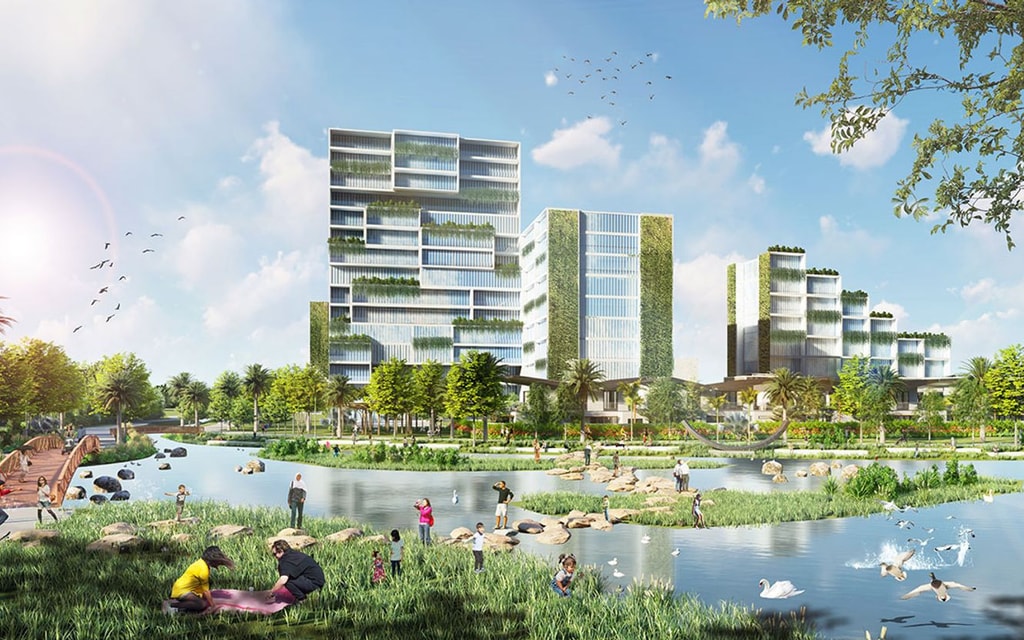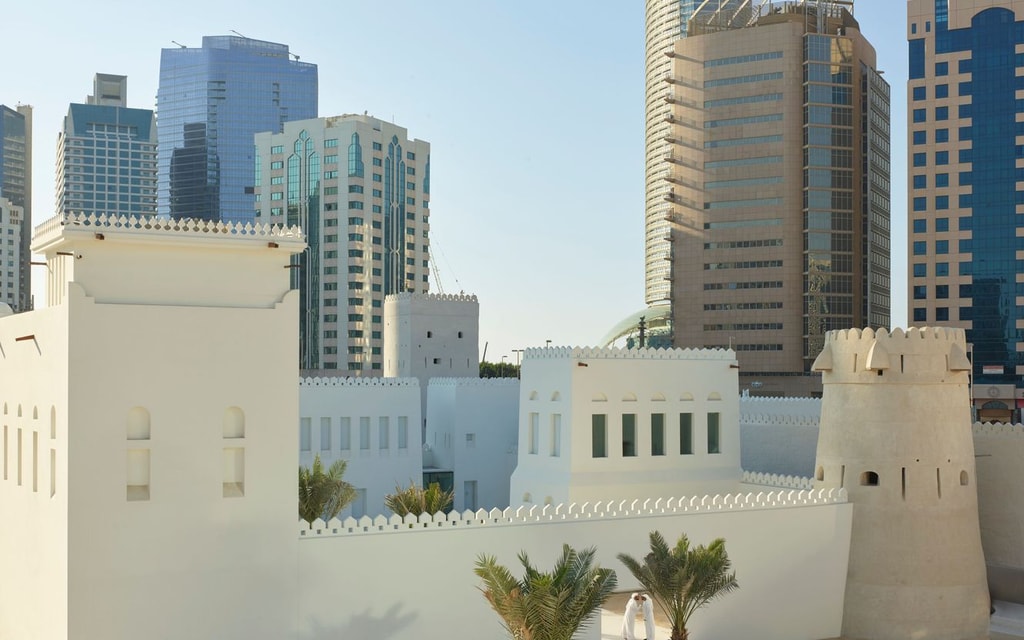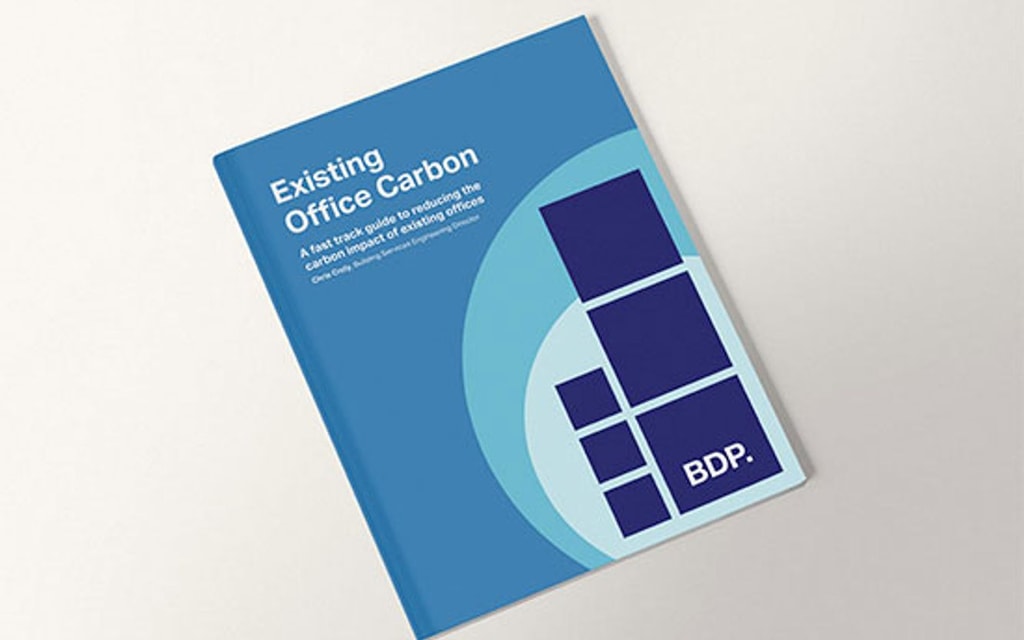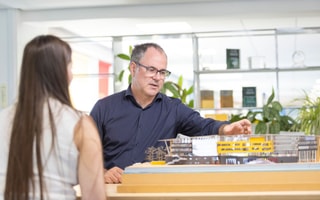
Environmental action
The rapid loss of biodiversity and escalating climate crisis are the most serious threats of our time.
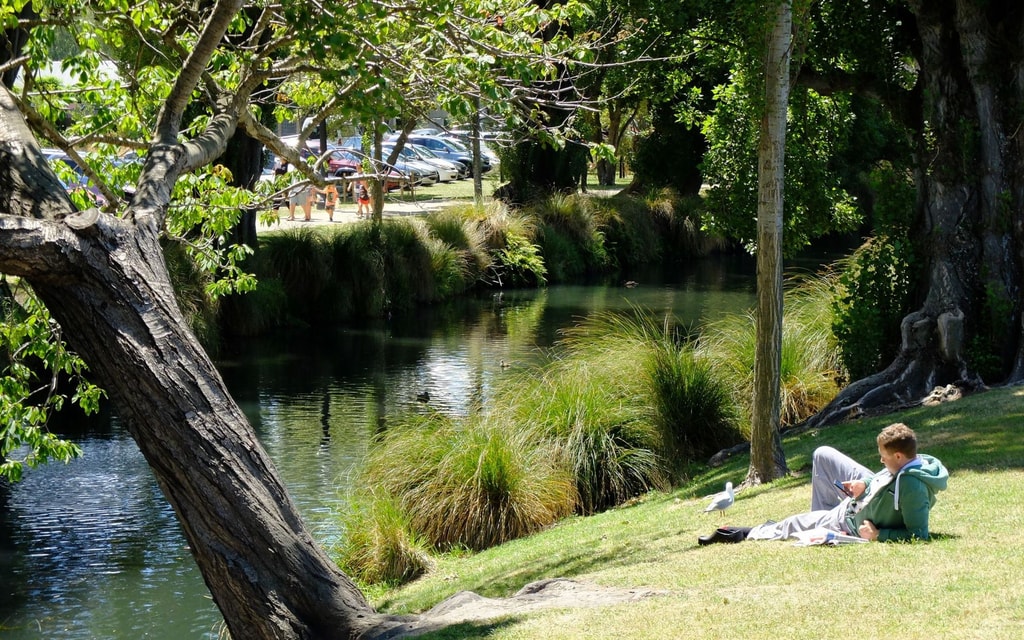
With the built environment responsible for a third of global emissions, we know it’s time to shift our own perspective. To change how we work and design. Because, to advocate for long-term change on a global scale, we first need to look at ourselves.
BDP is committed to embrace this responsibility in our work, with sustainability and sustainable thinking at the core of everything we do. Through a fully integrated, climate-positive approach, we can continue to shape lasting, sustainable futures for all.
Every day, every decision, ever closer to net zero.
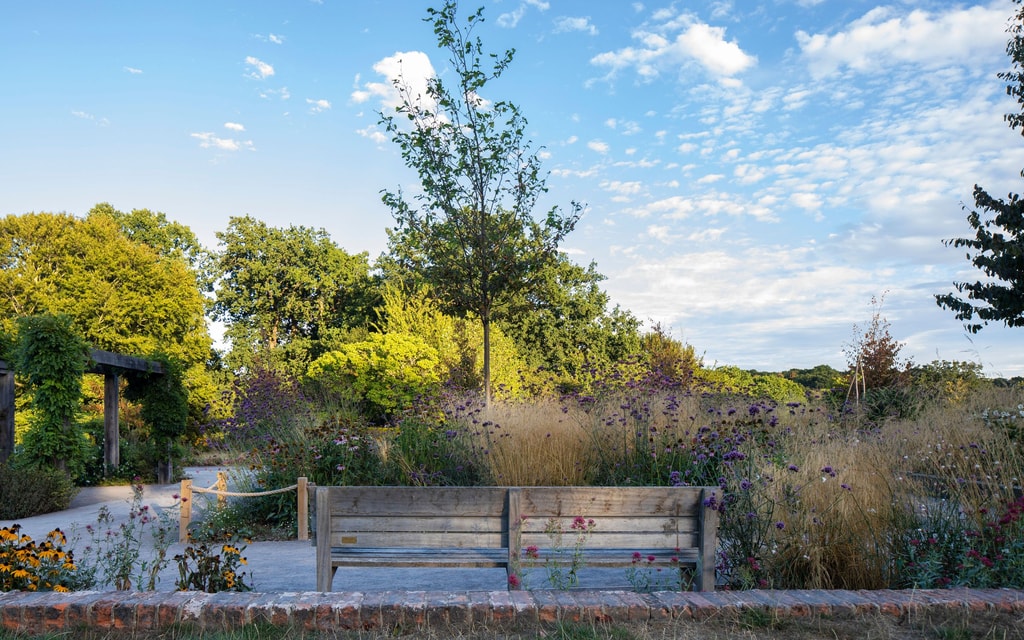
Our aim is to be a net zero organisation by the year 2045.
Resolving the climate crisis hinges on taking decisive action, and setting clear goals. While ambitious, we are committed to meeting this challenge head on. We believe we will do this through new technology, improving our existing equipment, investing in renewable energy sources, closely monitoring our data, and a roadmap of new initiatives at a studio and global level.
The route to net zero has many steps.
Initially, we will be neutralising our Scope 1 and 2 emissions through global carbon removal and avoidance projects, habitat restoration, and verified carbon offsetting schemes. We know that carbon offsetting is not a long-term fix, but is a small part of our broader carbon strategy. It allows us to address and reduce our current emissions, while we put measures to reduce our future emissions in place.
Wren Urban Nest
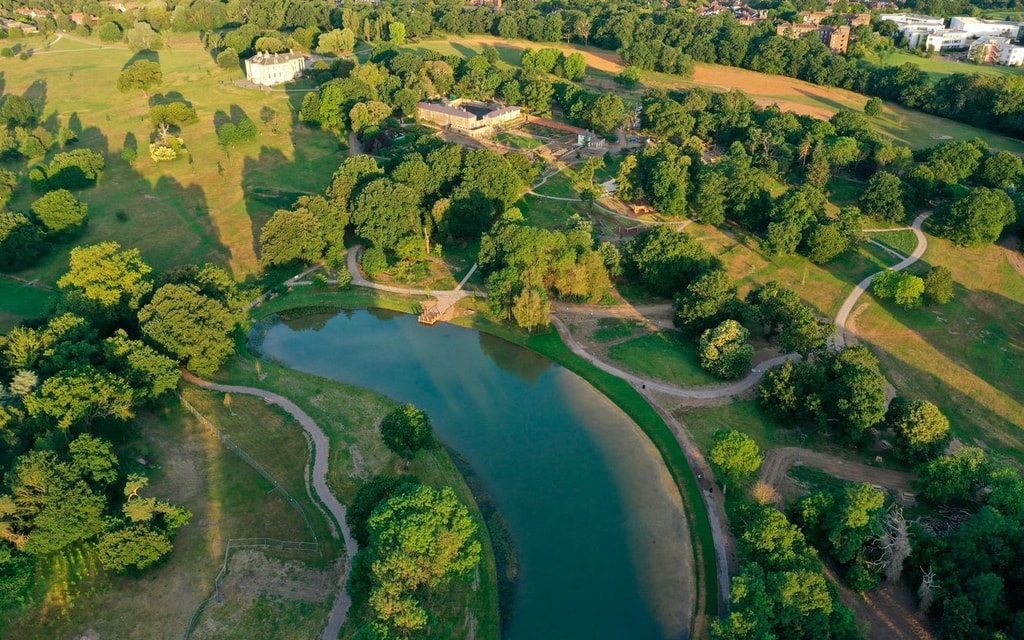
We are taking bold steps to strengthen our commitment to minimising our environmental impact in the way we work.
To support the global climate goal to half all emissions, BDP has set Science-Based Targets (SBTs) through the Science Based Targets initiative (SBTi).
To achieve these targets, we will adopt new workflows to boost our energy efficiency, cut down on waste, and make better use of our planet’s resources.
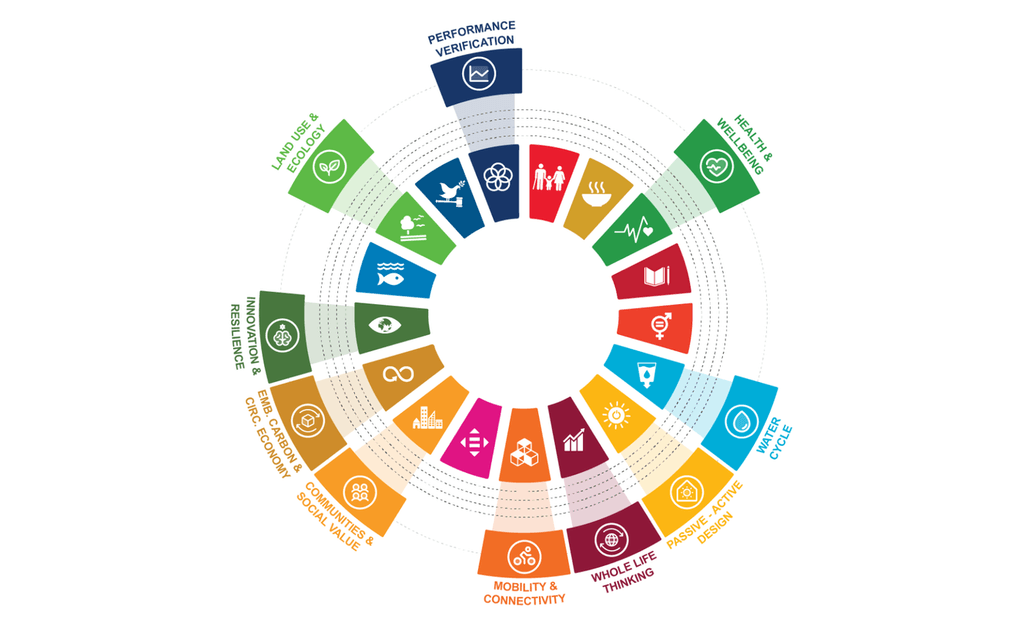
To change the world with our work, we must first change how we work.
Our goal is to achieve Whole Life Net Zero Carbon across every single project we deliver. The Climate and Social Action Design Framework is an in-house tool we created to accelerate our progress towards this. Created to be in line with the UN Sustainable Development Goals, it is used to guide our approach to high quality and regenerative design.
The framework identifies specific KPIs, sets measurable targets from early design to post-occupancy, and enhances performance tracking, communication, and feedback with clients, design teams, and consultants.
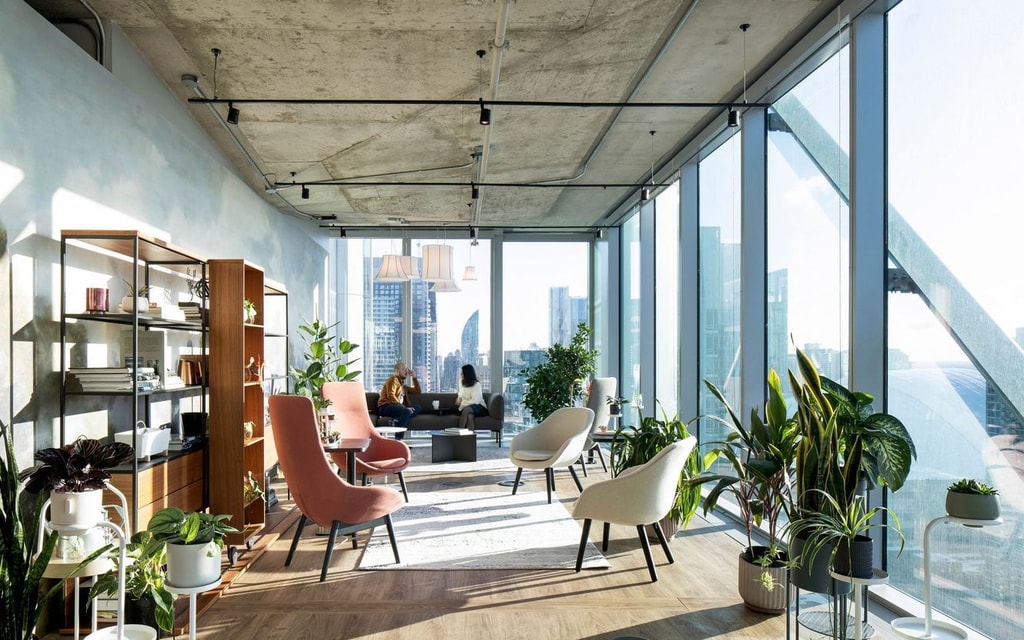
Sometimes paving the way means getting out of our own way.
We know that our design capabilities and processes have to be more responsive and agile, to help support our wider climate goals. While we have an award-winning consultancy of Sustainability experts in our practice, to make real change at a global scale, we need to scale the sustainability capabilities of every person at BDP.
To respond to this need, our employee innovation group, BDP Lab, posed the following challenge: What is a barrier that prevents you from implementing sustainable practices on your projects, and how can we help you eliminate it?
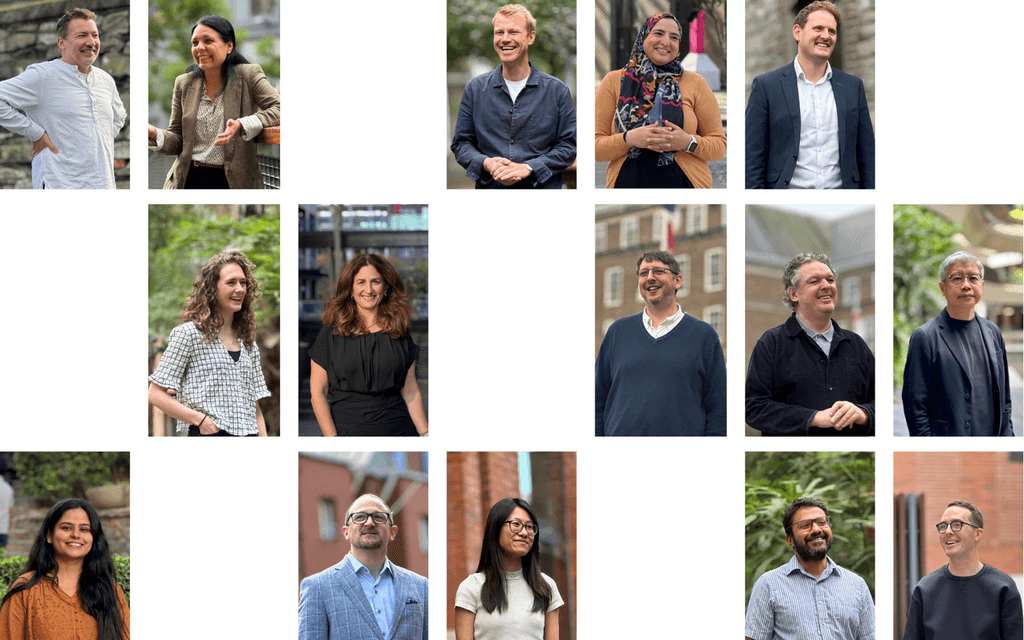
Our people are the driving force behind our sustainability progress.
That’s why we have Sustainability Champions who play a vital role in promoting sustainable design across our studios. They work closely with project teams across our studios, help implement new tools, represent their studios in meetings, and assist with audits. By keeping up with the latest developments in sustainable design, they share their knowledge, guide the design team, and often take part in research initiatives, making sustainability a key part of our work.
Let’s Decarbonise
Our campus framework explores the interconnected layers that deliver a route to Net Zero Carbon.
River regeneration – bringing life to communities
How does green infrastructure support holistic design?
Adaptive reuse in the UAE
Reimagined spaces that celebrate the UAE’s past and inspire innovation for its progressive future.
Decarbonising existing offices
A free guide that can be used to identify opportunities to achieve energy savings in existing offices, without requiring significant investment.
